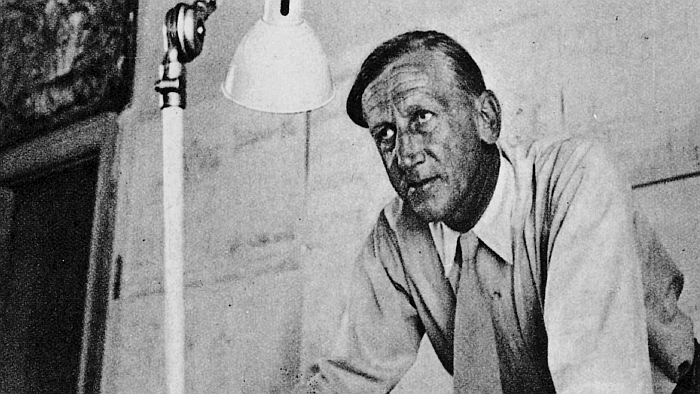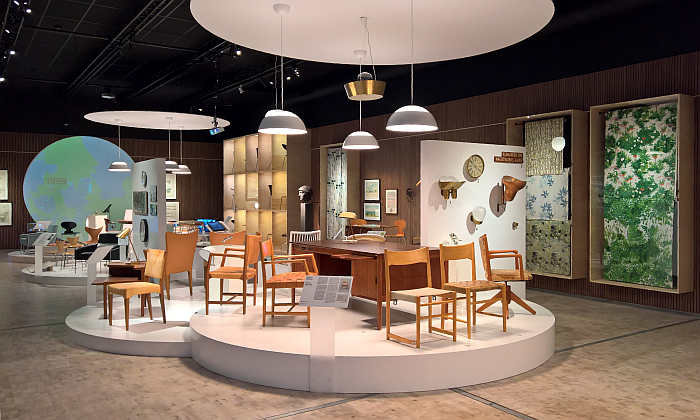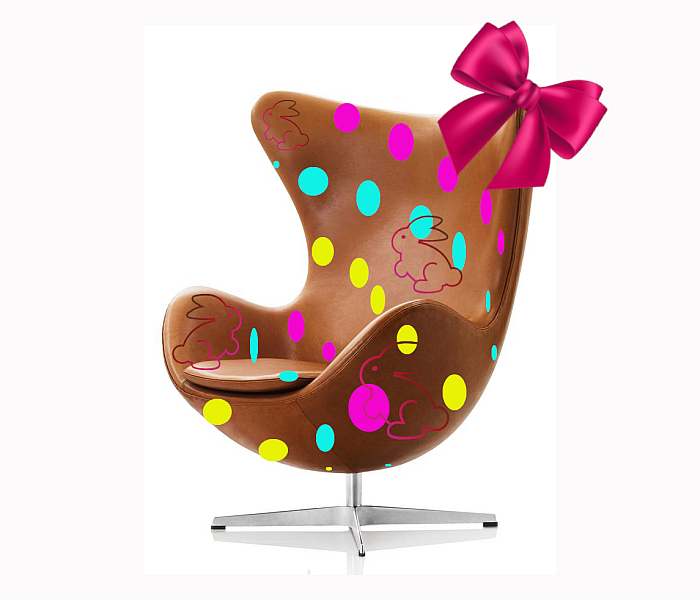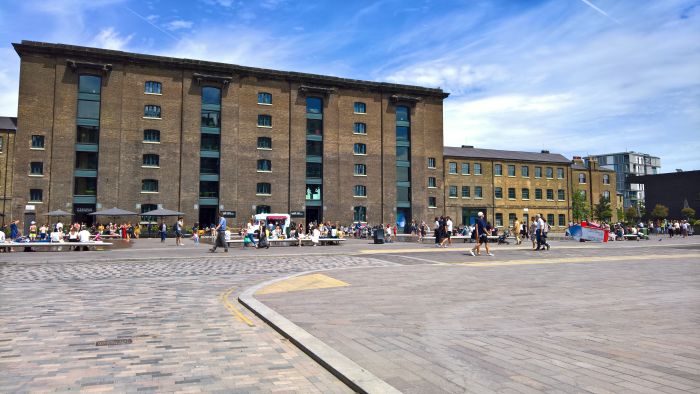Category: Fritz Hansen
Stühle zum (Be)Sitzen, a smow Pop-up at the Grassi Museum für Angewandte Kunst, Leipzig
In the exhibtion A Chair and You at the Grassi Museum für Angewandte Kunst, Leipzig, there is more than A Chair and You can look at them, study them, explore them, converse with them. But not sit on them.
In the presentation Stühle zum (Be)Sitzen on the first floor landing of the Grassi Museum für Angewandte Kunst, Leipzig, there is more than A Chair and You can look at them, study them, explore them, converse with them. And sit on them.
Thirteen chairs which unite more than just thirteen definitions of ‘A Chair’, and more than just thirteen different seating experiences…..
smow Blog Design Calendar: December 15th 1888 – Happy Birthday Kaare Klint!
“Only slowly does it dawn on people that modern furniture must be designed on the basis of practical necessities”, observed the Danish architect and designer Kaare Klint in 1930.1
How Kaare Klint understood those “practical necessities”, how he understood “modern furniture”, would not only define his career, but in many regards define the development of 20th century furniture design in Denmark.
Arne Jacobsen – Designing Denmark at Trapholt, Kolding
“Hvis jeg får et nyt liv, vil jeg være gartner“, opined once the Danish architect and designer Arne Jacobsen.
“If I have another life, I want to be a gardener”
Not that, as Arne Jacobsen – Designing Denmark at Trapholt, Kolding, would tend to imply, he made an incorrect career choice…..
An Easter Egg…… or, A stay at home Eastertide hunt for Arne Jacobsen’s Egg……
The 3316 Easy Chair by Arne Jacobsen a.k.a. The Egg is not only one of the most universally recognised works by Jacobsen, but also one of the most popular representatives of both the lounge chair and also of post-War furniture design. Yet, and as with the Easter egg, the Jacobsen Egg is an object whose simple, inviting charms often hide the much more complex, interesting, informative, instructive, realities of its origin and provenance.
And so in a year when many an Easter egg hunt will be extraordinarily localised, we take you an international hunt for the (hi)story of an egg-straordinary chair……
#campustour 2018: Degree Show, Central Saint Martins, London, England
The building which Central Saint Martins calls home was erected in 1852 as store for grain arriving from Lincolnshire and awaiting its further distribution to London’s bakers.
Was, if you like, a transfer point, a hub, a location where general ideas became specific solutions, a place industry and trade called upon when needing raw materials for their latest project, a source for those whose work helped support and nourish the populace, a central institution in the development of the city and one, thereby, directly related to the immediate needs and interests of society.
We’re sure there’s a metaphor in there somewhere, somewhere, but where…….? Would a visit to the 2018 Central Saint Martins’ Degree Show help us locate it…….?
smow blog Interview: Markus Jehs – Discourse is the most important aspect of design
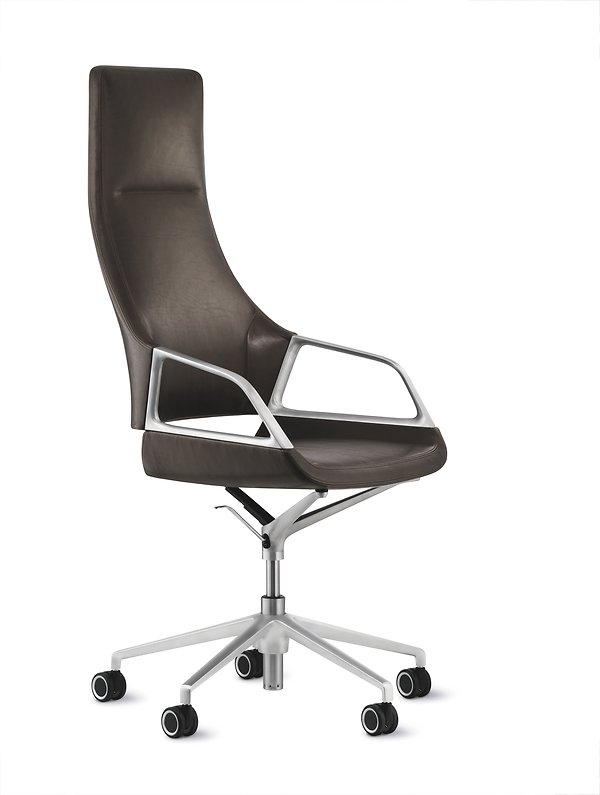
Although Stuttgart based design studio Jehs+Laub are in many respects best known as the winners of the inaugural Moormann Bookinist
(smow) blog compact: Fritz Hansen acquire complete Poul Kjærholm collection. Again.
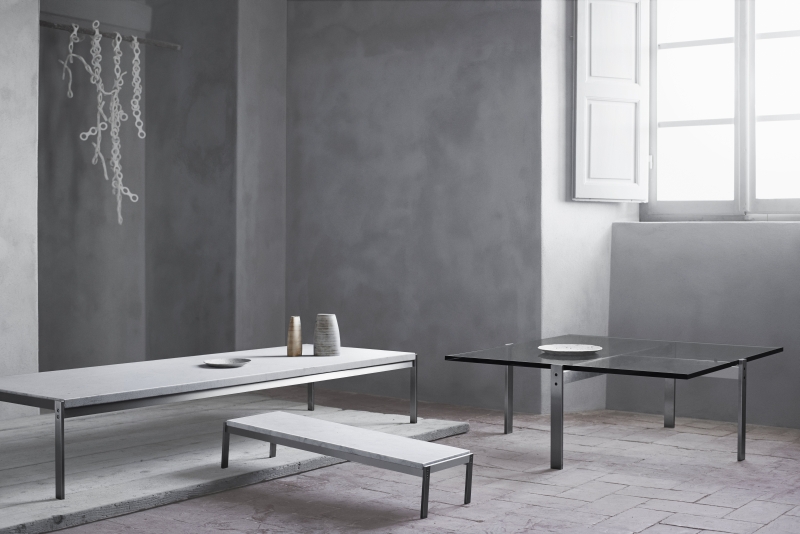
In 1982 Danish furniture manufacturer Fritz Hansen acquired the rights to the complete works by the designer Poul Kjærholm. In
Celebrating 5 years (smow) online. Six for five on the Series 7 by Arne Jacobsen for Fritz Hansen
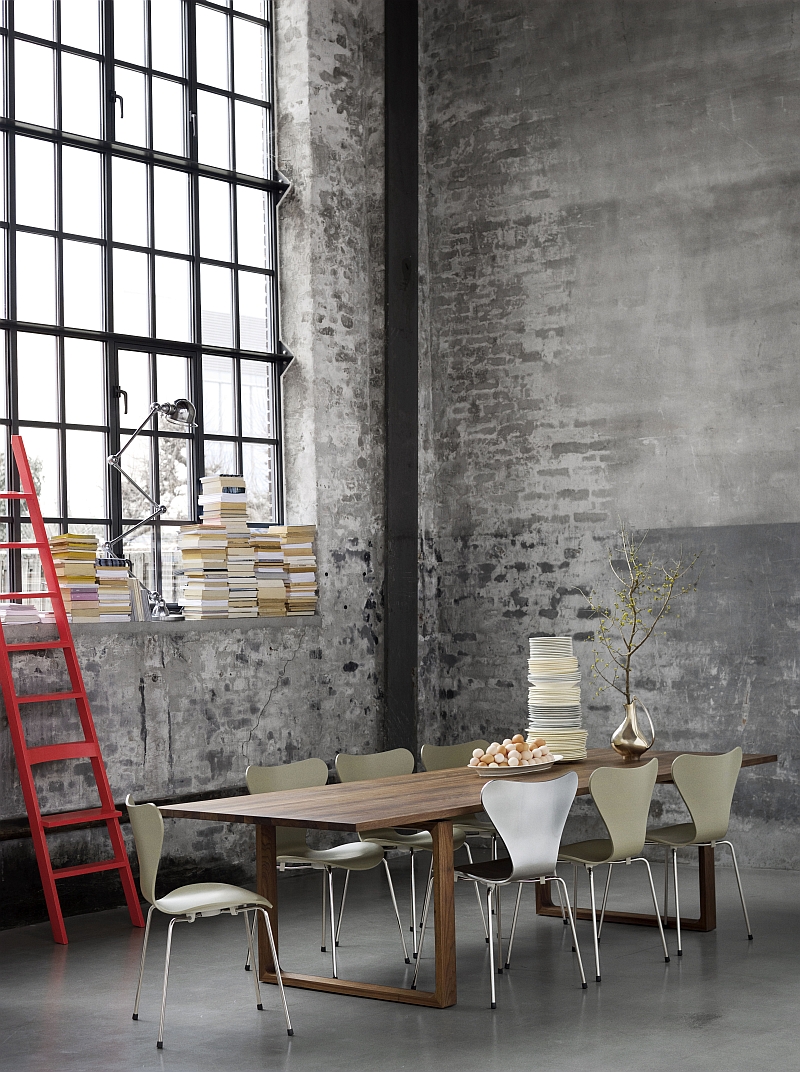
Do designers always know best? No, do they….? Back in July we celebrated the 60th anniversary of Arne Jacobsen’s Ant
Orgatec 2012 Interview: Markus Jehs and Jürgen Laub

Since establishing their own design studio in Stuttgart in 1994 Markus Jehs and Jürgen Laub have quietly gone on to
Happy 60th Birthday The Ant Chair by Arne Jacobsen!
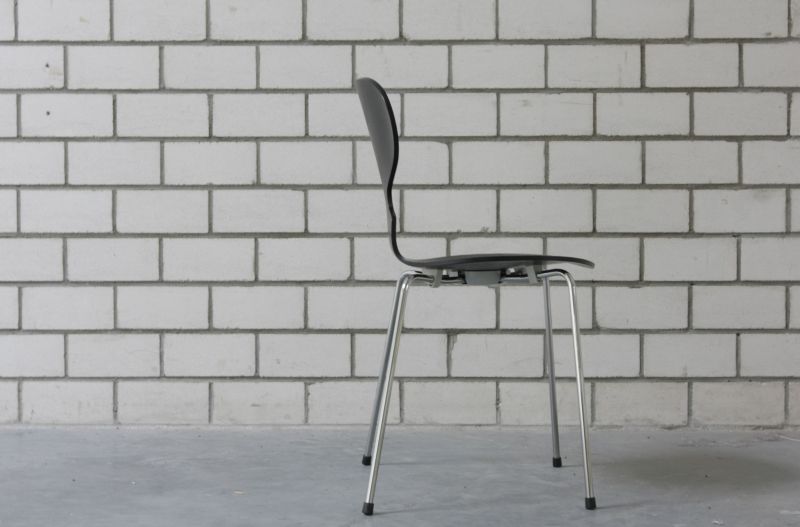
Remaining in celebratory mood….. Twenty five years after the young guns of European modernism gathered in Stuttgart to open the
(smow)intern: The Designer Furniture Catalogue 2011
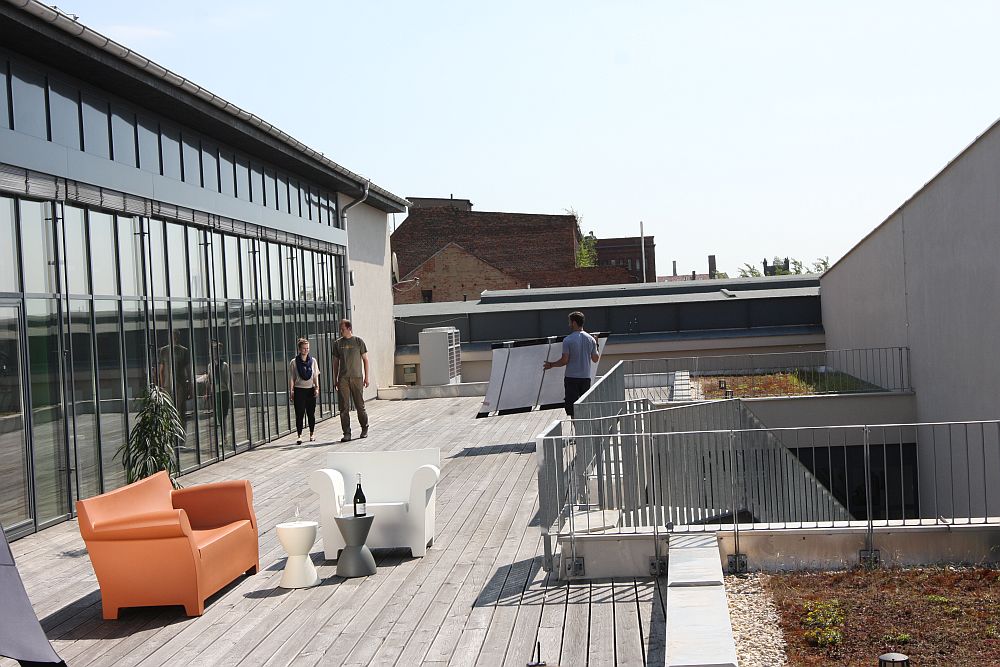
Luddites! Not a phrase normally associated with (smow) To the best of our knowledge no (smow)employee has ever smashed an
Danish Design Prize 2010/11
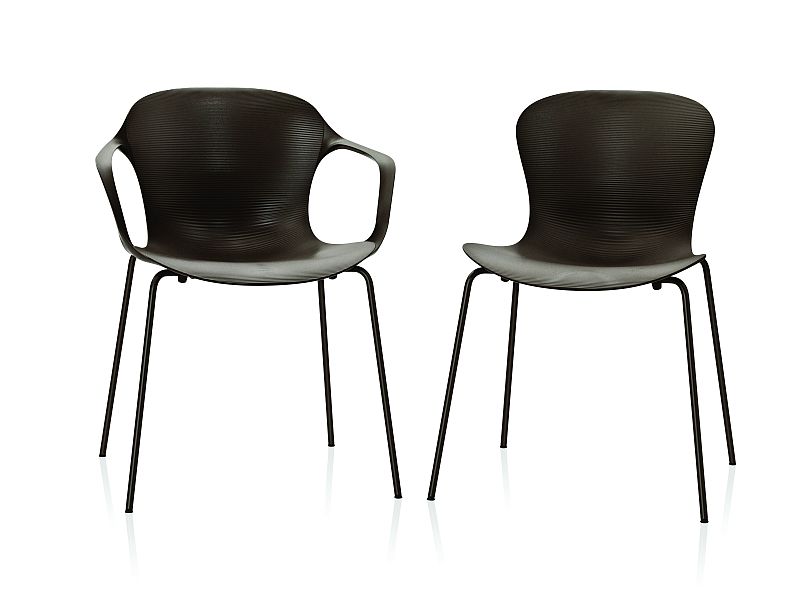
Timely to the end of our rantings against the current state of Danish design – the Danish Design Centre in
Danespotting: Danish furniture design – still relevant?
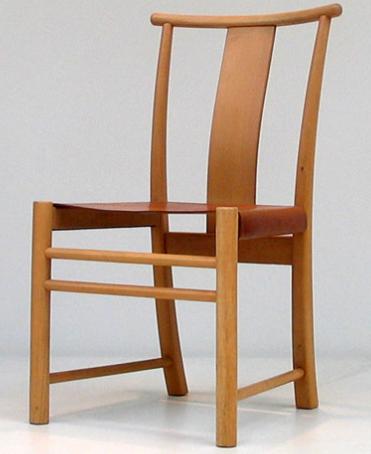
As already stated our visit to Copenhagen and CORE 10 was without question one of our more disappointing trips. Largely
Danespotting: Verner Panton in Copenhagen
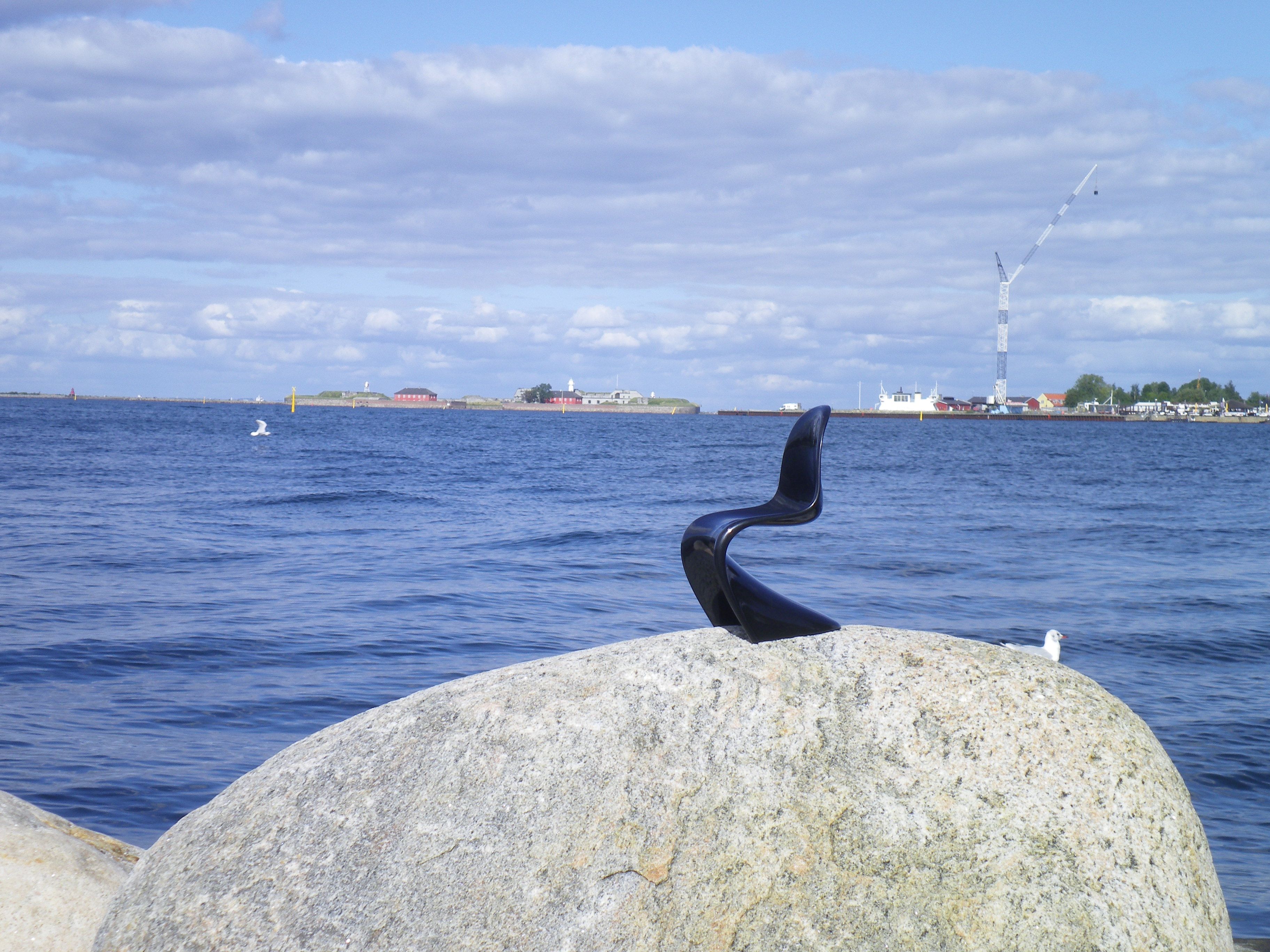
For one of Denmark’s most celebrated designers Verner Panton spent considerably little time in Denmark; and many most of his
Designer furniture social networking: Twitter

Time was when social networking for businesses meant cocktail parties, tennis clubs and the Freemasons. Time Was. However Time Is
2010 Designer Furniture World Cup:Denmark 2-Belgium 2
Following Verner Panton’s red card against Fritz Haller, Denmark were forced into a change and so Arne Jacobsen lined-up against
Vitra Design Museum: The Essence of Things. Design and the Art of Reduction
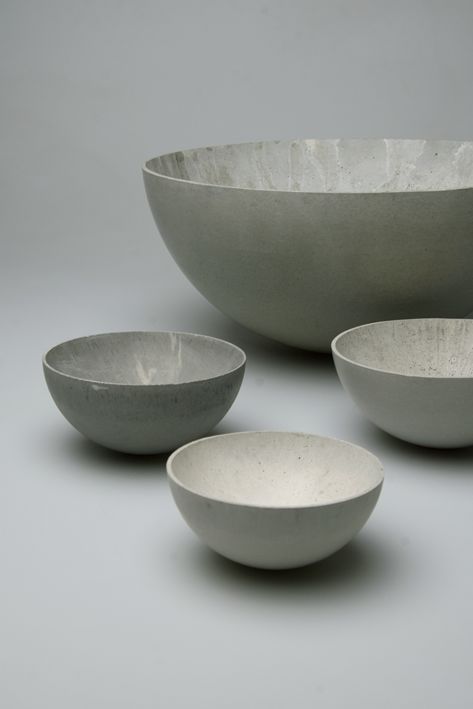
The (smow)blog team outing to the cardboard furniture workshop was coupled with a visit to the current Vitra Design Museum

